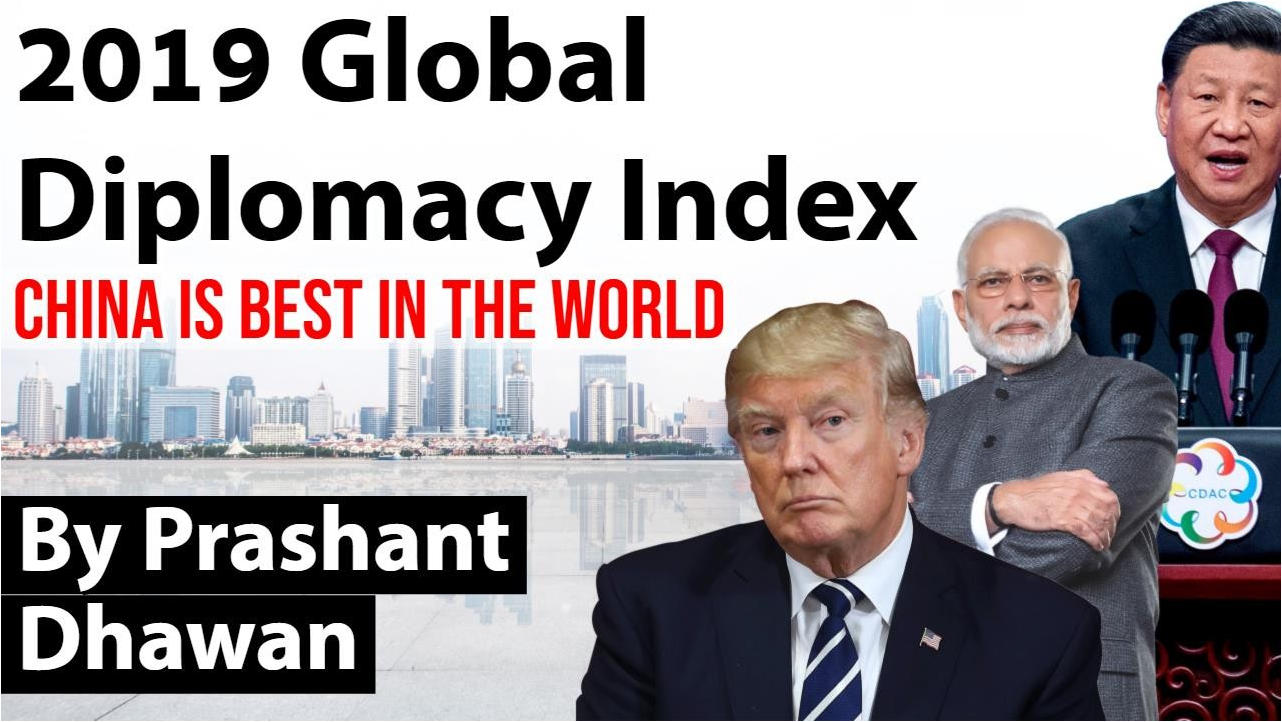Table of Contents
WHAT JUST HAPPENED?
- The 2019 Lowy global diplomatic index maps the size and reach of 61 diplomatic networks around the world by embassies, consulates, permanent missions and other diplomatic posts.
- Embassy and consulate refer to government representations in a foreign country. A country will have only one Embassy in another nation whereas it will have a number of consulates in various cities.
HIGH COMMISSION AND EMBASSY

- High Commissions are diplomatic missions sent to Commonwealth countries.The “head of mission” at the former are called Ambassadors; at the latter, they are called High Commissioners.
- As well as referring to diplomatic missions themselves, the terms “Embassy” and “High Commission” refer to the buildings in which those missions are based.
NUMBERS
- China now has more diplomatic posts across the world than the US, a marker of its growing international clout and ambition
- China overtook the US in 2019 with 276 embassies and consulates worldwide, which is three more than the US.
- The next three spots are occupied by France, Japan, and Russia.
- India is 12th among the 61 countries ranked by the Lowy Institute.
- As of 2019, New Delhi has 123 embassies and high commissions and 54 consulates globally.
- India too has expanded its diplomatic footprint: In 2017, it has 120 embassies and 52 consulates.
TAIWAN FACTOR
- China’s gain has mostly been a direct result of Taiwan’s shrinking diplomatic presence as Beijing intensifies its “one China” campaign.
- Taiwan saw the biggest drop in diplomatic posts, down from 22 embassies in 2016 to 15 this year.
POINT TO NOTE
- Establishing a robust diplomatic infrastructure is the first practical step to bolstering a country’s diplomatic influence. In China’s case, we can say with certainty that it has invested in its diplomatic infrastructure, which serves as a telling metric of its international ambitions






















 WhatsApp
WhatsApp